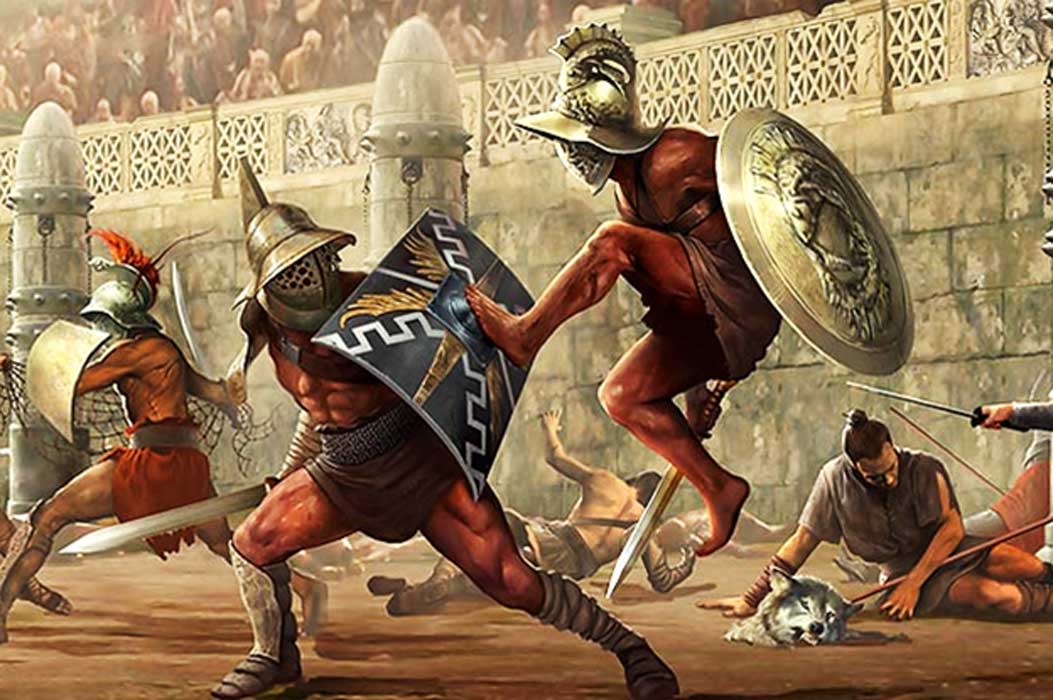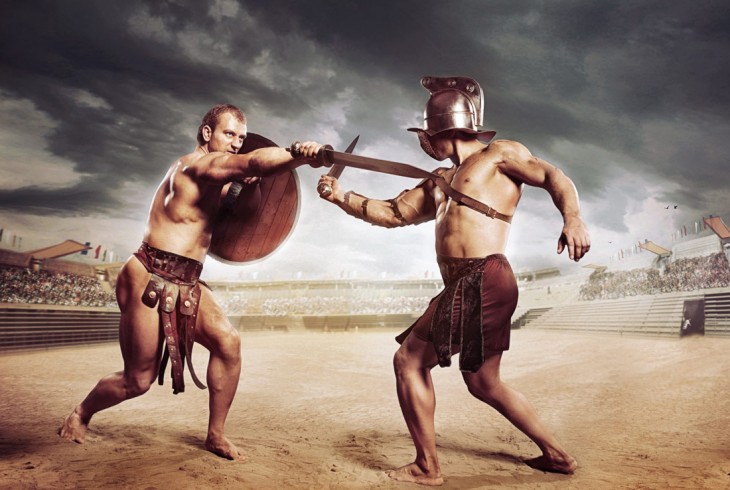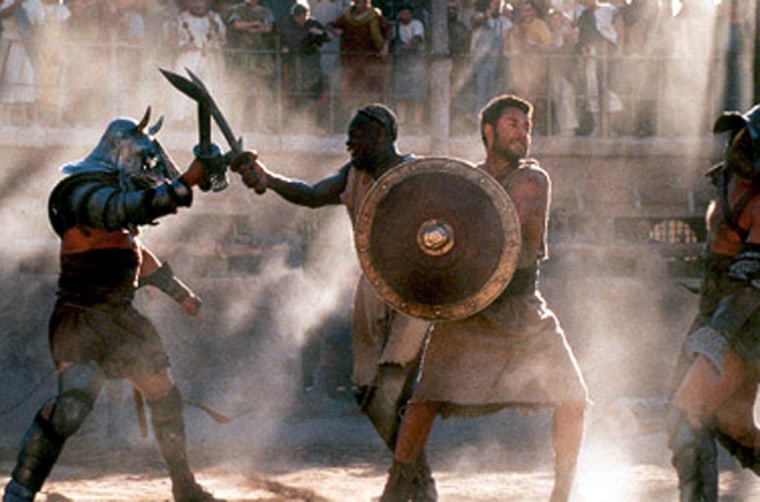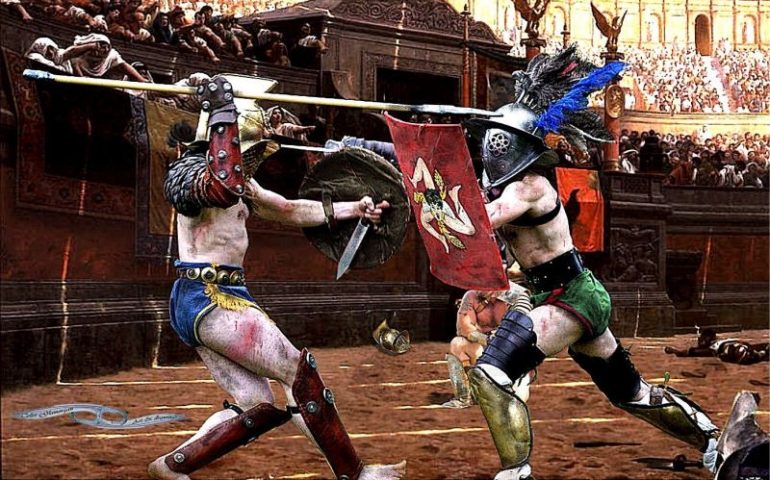The Life and Legacy of Gladiators: Courage, Struggle, and Spectacle
Introduction:
In the annals of history, few figures captivate the imagination quite like gladiators. These skilled combatants of ancient Rome have left an indelible mark on our collective consciousness, symbolizing bravery, sacrifice, and the harsh realities of a bygone era. From the grand arenas of the Roman Empire to the pages of modern literature and film, the life of gladiators continues to intrigue and inspire. This essay delves into the multifaceted existence of gladiators, exploring their training, battles, social status, and enduring legacy.
Origins and Evolution of Gladiatorial Combat:
The origins of gladiatorial combat are shrouded in the mists of antiquity, with early forms of armed combat likely emerging as funeral rites in ancient civilizations. However, it was in the Roman Republic and later the Roman Empire that gladiatorial games reached their zenith. Initially, these spectacles were linked to funeral rituals but soon evolved into elaborate public entertainments, sponsored by emperors and aristocrats to appease the masses and showcase power and wealth.
Training and Preparation:
Life as a gladiator was grueling and demanding. Most gladiators were slaves, prisoners of war, or criminals condemned to fight for their lives in the arena. However, some individuals voluntarily chose the path of the gladiator, driven by a desire for fame, fortune, or a chance at freedom. Regardless of their origins, all gladiators underwent rigorous training under the watchful eye of skilled instructors known as lanistae. Training regimens included combat drills, physical conditioning, and instruction in various weapons and fighting styles.
Types of Gladiators: The arena featured a diverse array of gladiatorial combatants, each with their own distinctive weapons, armor, and fighting techniques. From the heavily armored secutores to the agile retiarii armed with nets and tridents, gladiators represented a cross-section of ancient warrior archetypes. Some, like the murmillo, were equipped for close-quarters combat, while others, such as the thracian, favored speed and agility. Each type of gladiator had its own strengths and weaknesses, adding depth and variety to the spectacle of the games.
The arena featured a diverse array of gladiatorial combatants, each with their own distinctive weapons, armor, and fighting techniques. From the heavily armored secutores to the agile retiarii armed with nets and tridents, gladiators represented a cross-section of ancient warrior archetypes. Some, like the murmillo, were equipped for close-quarters combat, while others, such as the thracian, favored speed and agility. Each type of gladiator had its own strengths and weaknesses, adding depth and variety to the spectacle of the games.
Life in the Ludus: Gladiators lived and trained together in barracks known as ludi, where they formed tight-knit communities bound by camaraderie and shared adversity. Despite the harsh conditions and constant threat of injury or death, these men forged bonds of brotherhood forged through shared hardship and mutual dependence. The ludus served as both a training ground and a home for gladiators, offering them a sense of belonging and purpose amidst the brutality of their existence.
Gladiators lived and trained together in barracks known as ludi, where they formed tight-knit communities bound by camaraderie and shared adversity. Despite the harsh conditions and constant threat of injury or death, these men forged bonds of brotherhood forged through shared hardship and mutual dependence. The ludus served as both a training ground and a home for gladiators, offering them a sense of belonging and purpose amidst the brutality of their existence.
The Spectacle of the Arena:
The centerpiece of a gladiator's life was, of course, the arena itself. These vast amphitheaters, such as the iconic Colosseum in Rome, could accommodate tens of thousands of spectators eager for the thrill of combat and the spectacle of bloodshed. Gladiatorial contests were carefully choreographed affairs, with combatants pitted against each other in carefully orchestrated battles designed to elicit maximum excitement and drama from the crowd. While some matches ended in death, many were decided by the mercy of the crowd or the whims of the presiding officials.
The Aftermath of Combat:
Surviving a gladiatorial bout was no guarantee of freedom or safety. Even victorious gladiators faced the constant specter of injury, infection, or death from wounds sustained in combat. Those who emerged victorious might earn temporary reprieves or even their freedom, but many were destined to return to the arena again and again until their luck ran out. For some, the allure of fame and fortune outweighed the risks of the arena, while others longed only for the sweet release of death.
Legacy and Influence:
Despite the eventual decline and fall of the Roman Empire, the legacy of gladiatorial combat endured. From medieval Europe 
The life of a gladiator was one of hardship, danger, and uncertainty, yet it was also marked by moments of triumph, camaraderie, and resilience. These ancient warriors faced death with courage and dignity, earning both the admiration and the awe of those who witnessed their exploits. While the days of the gladiatorial games are long gone, their legacy endures as a testament to the enduring human spirit and the eternal struggle for survival.
The enduring fascination with gladiators speaks to something deep within the human psyche – a fascination with conflict, courage, and the triumph of the human spirit in the face of adversity. Their stories continue to resonate across time and culture, serving as a reminder of the complexities of history and the enduring power of myth. In the modern world, the legacy of the gladiator extends far beyond the confines of the ancient arena. The values of discipline, determination, and resilience embodied by these ancient warriors continue to inspire individuals from all walks of life. Athletes, soldiers, and performers alike draw strength from the example set by the gladiators of old, channeling their courage and determination in pursuit of their own goals and aspirations.
In the modern world, the legacy of the gladiator extends far beyond the confines of the ancient arena. The values of discipline, determination, and resilience embodied by these ancient warriors continue to inspire individuals from all walks of life. Athletes, soldiers, and performers alike draw strength from the example set by the gladiators of old, channeling their courage and determination in pursuit of their own goals and aspirations. Moreover, the study of gladiatorial combat offers valuable insights into the social, cultural, and political dynamics of the ancient world. By examining the lives of gladiators, historians gain a deeper understanding of the complexities of Roman society – its attitudes towards violence, power, and entertainment, as well as the lives of those on the margins of society.
Moreover, the study of gladiatorial combat offers valuable insights into the social, cultural, and political dynamics of the ancient world. By examining the lives of gladiators, historians gain a deeper understanding of the complexities of Roman society – its attitudes towards violence, power, and entertainment, as well as the lives of those on the margins of society.
In conclusion, the life of a gladiator was one of struggle, sacrifice, and spectacle, yet it was also marked by moments of bravery, camaraderie, and resilience. These ancient warriors captured the imagination of generations past and continue to inspire awe and admiration in the present day. Their legacy endures as a testament to the enduring human spirit and the timeless quest for honor, glory, and the pursuit of freedom. As we reflect on the lives of these remarkable individuals, we are reminded of the power of the human will to triumph over adversity and the enduring allure of the gladiatorial spectacle.










































